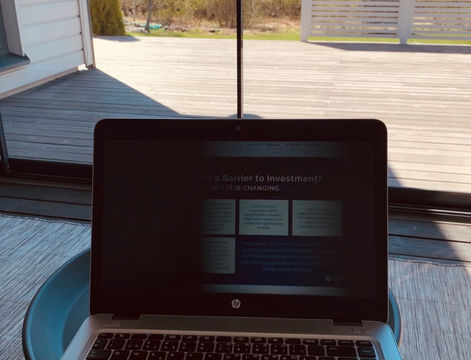
Future Funding of Raw Materials Sector in EU
Some take-aways and interesting points brought up at the MIREU Workshop 25-26.52020 on future funding of raw materials sector.
REMIX Project encourages resource efficient and environmentally and socially acceptable production of raw materials, including critical raw materials. Growth and competitiveness of European industry is currently limited by the state of play in these two areas and policy instruments have been set up across Europe to address these important topics.
REMIX Project brings together:
The selected regions are at different stages in the mining cycle and have complementary resources and profiles. The REMIX project will advance innovation in their regional mining value chains, of large and small scale companies. Regions rich in mineral resources have an important strategic role in Europe. Collaboration between European Commission (EC) and regional policy makers is needed to develop complementary approaches, which will boost EU competitiveness and stimulate sustainable development, growth, jobs and new SME industries.
The REMIX Project contains:
Project partners and stakeholders take part in the activities together, to share knowledge and develop best practice guidelines. The results are used to improve the policy instruments in each region. Also, the project forms an investment platform and Smart and Green interregional mining cluster supporting the Industrial Modernisation. The project continues to phase two to ensure the outcomes are implemented.
The project highlights will be communicated directly to the EC at the end of Phase one to help improve EC policy on raw materials. This is an outstanding opportunity to obtain pan-European in-depth consideration of smart and green mining policies.
€1,830,619.00
Research and innovation
In Lapland the OP is implemented through Lapland regional Programme coordinated by Regional Council of Lapland. Region is the most sparsely populated region in Finland. Despite of the economic depression the Lapland has been able to increase its yearly production and GPS compared to the other regions of the Finland. Lapland is one of the most prominent regions for the extractive industries at global level. Lapland possesses vast deposit of natural resources which provide business opportunities and generate sought-after investments and employment in the region. In addition, the Lapland’s bedrock also contains deposits of critical minerals described by the EC. At the same time with the opportunities created by the use of natural resources, there is an evident need in Lapland to create and nurture a sustainable balance between main industries, other businesses, regional community, and the vulnerable Arctic nature.
The main focus of S3 for Lapland is the balanced use of the Arctic natural resources and conditions. One of the specific priorities is to develop new business concepts for Lapland’s industrial and mining service companies and to support the creation of new products and services. The challenge is to push the sector development into the next level, innovation projects having ownership among SMEs and to move on from the small-scale models or pilot projects to large-scale, close to-market projects in which a range of solutions are tested under real-life conditions.
Thematic Objective 1 Fostering of R&D and Innovation
OE.1.1.2. Strengthening R&D and innovation institutions and creation, consolidation and improvement of the technology and scientist infrastructures.
OE.1.2.1. Impulse and promotion of R & Innovation activities by enterprises and support the creation and consolidation of innovative enterprises.
OE.1.2.2. Transfer and dissemination of technology and cooperation between companies and universities or other research centres
Thematic Objective 6 Preserving and protecting the environment and promoting resource efficiency, protecting and restoring biodiversity and soil and promoting ecosystem services,
OE.6.4.1 Promote the management, protection and maintenance of soil, natural areas and biodiversity including measures to alleviate the problems of erosion,
The capacity building in the MINING sector can be developed from the adaptation / integration of R&D&i capabilities, environment protection policies, natural resources efficiency, awareness and promotion.
There is margin of improvement in the regional mining sector around integration of concepts like research of new processes, products, environment, circular economy and GREEN concept development.
The knowledge sharing with other regions will be important in the generation of synergies and will open capabilities for defining a sustainable action plan for improving the sectoral approach. A multidisciplinary regional collaboration is well defined and influenced during the project.
The Regional Innovation Strategy of Lower Silesian Voivodeship for 2011-2020 is the valid strategic document to define regional challenges on building knowledge and innovation based economy. With the main objective: “Modern economy and high quality of life in a attractive environment” it emphasizes the need to build stronger ties between the private sector and scientific community with the active involvement of the regional and local authority. The Strategy directly affects the Regional Operational Programme, especially in priority area on enterprises and innovations. As such it also includes the annex: “Strategic Framework for Smart Specialisations of Lower Silesia” which contains elements recommended by the European Commission to form the strategy of Smart Specializations in the region, identifying the so-called key sectors as well as scientific and technological specializations across existing centres of science and enterprises in the region. This annex is available for update on a regular basis based on the rapid changes in R&D and business.
Raw and natural material sector (mining, processing and recycling) that the strategy identifies as a smart specialization has a potential to be more evident and supported in the region’s economy through the support of international cooperation. This branch may above all transform into a successful production industry based on locally available raw materials on the condition that an up-to-date and relevant strategy is implemented.
.
as a planning basis for future mining activities with the federal states and municipalities in relation to their specific needs.
When developing the AMRS, identification and evaluation of the mineral deposits in terms of the protectionworthiness
was carried out (phase one) followed by a
second phase identifying conflict free "mineral zones" (with other properties protected by law e.g. residential areas, national parks, water management priority zones,
landscape protection areas, forests, Natura 2000). Distinguished mineral zones are to be declared as “mineral protection zones” for land use planning purposes. In
defining mineral protection zones, special attention will be given ensuring an adequate regional supply of raw building materials found close to the surface.
Securing the supply of minerals is an issue of private enterprise. Considering this, the public administration within the framework of the AMRS performed the
groundwork where AMRS encourage the collaboration between enterprises, academia and authorities. This is seen to be vital within the context of an active raw
materials policy. The AMRS strives to achieve a broad consensus among the federal government, states and businesses specifically active in this field. Improvement
has to be done in the direction of integrating AMRS in a regional level.
OP and RIS3 Centro are in line with European Critical Raw Materials (CRM) policies identifying a number of CRM important to safeguard EU interest. Some of these CRM, such as tungsten, occurs in several important mineral deposits in Centro Region, in areas with strong necessities regarding reevaluation of potential reserves and base resources. EU level strategies are needed to be taken in regard in regional policies so that they include EU expectations.
There is a need to incorporate REMIX findings on the future implementation of Centro2020 OP (particularly Thematic Obective 1 –Reinforcement of Research, Technologic Development and Innovation – Investment priority 1.2 particularly to reinforce the transfer of knowledge to business sector) and enhancement of a S3 for Centro Region in PT, where a number of mining industries operate but, also, where innovative actions and knew potentialities for geological economic resources needs to be promoted, as identified in the RIS3 Centro2020.
Articulation with Centro Regional administration and improvement of regional implementation strategies in line and complementing the National Strategy for Geological Resources (NSGR) are highly relevant. The NSGR focuses on: adequacy of the bases of the sector (section a); Development of knowledge and appreciation for the National Geologic Potential (section b); publicity of the National Mining Potential (section c), and promotion of the economic, social and environmental sustainability.
Czech Ministry of Industry and Trade is responsible for the State Raw Materials Policy (SRMP) that is national master plan to ensure conditions for exploration and mining of mineral resources into the territory of the Czech Republic and serve as planning basis for future mining activities. Valid SRMP was approved in the time of depression of mining industry, low costs of raw materials and growing environmental protection. Czech Ministry of Industry and Trade prepares now the modernization of SRMP taking into account Raw Materials Initiative of EC, focusing on critical materials of EC and cycles of prices of raw materials. Modernized SRMP is also focused on support of education and R&D in mining sector and also international cooperation. Modernization tries to bind better the SRMP and Land Use Planning on state and regional level.
The SIF strategy contains three main areas of activity : ‘Future Economy’ which concerns investment to capitalise on regional strengths and characteristics to exploit new and emerging markets, including smart specialisations; ‘Growth for Business’ to accelerate business productivity and competitiveness and ‘Conditions for Growth’ to overcome blocks to growth, improve infrastructure and increase human potential. Future economy includes (1) smart specialisations of Agritech, Digital Economy, E-Health, Marine technology, and Space and aerospace assets and (2) Activities with growth potential that develop Cornwall and the Isles of Scilly as a ‘green and marine’ region.
The policy recognises that almost all businesses in the region (99.8%) are micro, small and medium sized enterprises and therefore this sector is the key driver of growth and employment. The proportion of micro enterprises is high (87.7%). Also recognised is the challenge of how much lower research and innovation investment in Cornwall and Isles of Scilly than the average elsewhere in the UK.
The Regional Operational Programme of Sterea Ellada is comprised of 11 Thematic Objectives (TO) with subsequent connected Priority Actions (PA). In REMIX project, the following will be addressed.
TO 01: Fostering of Research, Development and Innovation
- PA 1a. Enhancing R&D&I infrastructure, development capacities of excellence in research and innovation and promoting centers of competence
- PA 1b. Promoting business investment in research and innovation, and developing links synergies between businesses, R&D centers and academia, particularly through the promotion of investment in product development and services, in technology transfer, social innovation, eco-innovation, and innovation through smart specialization
TO 04: Support the transition to a low-carbon economy
- PA 4c1. Reducing emissions by reducing energy consumption
- PA 4e. Promoting low -carbon strategies for all kinds of sites
TO 06: Preserving and protecting the environment and promoting resource efficiency
- PA 6b1. Improving the management of water resources
- PA 6c. Preservation, protection, promotion and development of natural and cultural heritage
- PA 6d. Protection and restoration of biodiversity and soil and promoting ecosystem services , including through the network Natura 2000, and green infrastructure
- PA 6g. Support industrial transition towards an economy with efficient use of resources, promote green development, eco-innovation and environmental performance management
In the North Karelia the OP is implemented through POKAT 2017 – Regional Strategic Programme 2014 2017: The act on regional development and management of Structural Fund programmes coordinated by Regional Council of North Karelia. The policy instrument is drawn up by the Regional Council including development objectives. Region is rich with its natural resources like Lapland. Mining is mentioned as a one of the main production priority in POKAT and defined as an internationally competitive field of industry. Anyway, the implementatin of the POKAT in the relation of mining is rather weak at the moment. The emphasis of SME’s and industry should be clarified in the strategic programme better and mining/extractive industry should be seen as a source of interregional cooperation in addition to strong key cluster. Also the stronger connection with regional development with industry should be elaborated in the POKAT in more detailed manner.
At this point problem is the lower growth of the whole industry and inertia in development of new projects and mining businesses. Monitoring of sustainability could be
improved by participating actively to regional discussion with mining related cluster organisations. Most important improvement on strategy level in the region of North
Karelia is to improve smart specialisation agenda and tools towards stronger link with regional mining and raw material related strategies, like the suggested policy
instrument addressed.

Some take-aways and interesting points brought up at the MIREU Workshop 25-26.52020 on future funding of raw materials sector.
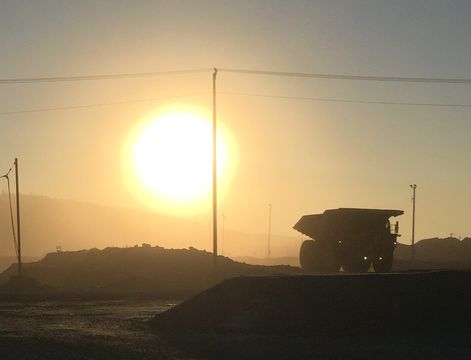
The phase 1 of the project has ended in June 2019 and this article takes a look into the project achievements from the last 2,5 years.
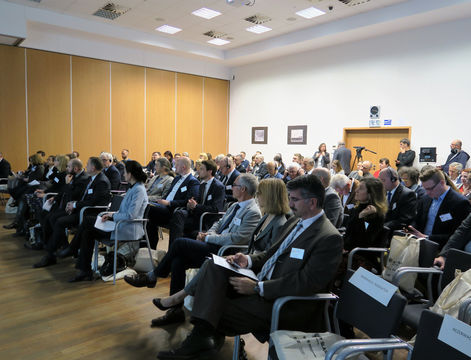
If you missed the REMIX International Mining Conference in Poland 15.5.2019. Not to worry. Join it via our newsletter.
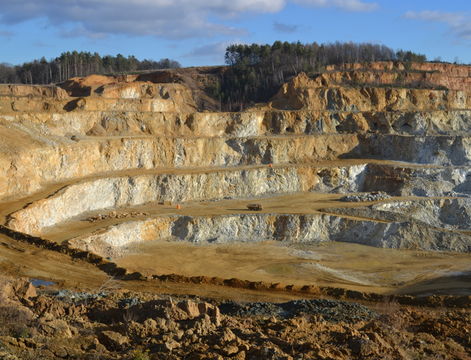
Join us on 15.5.2019 at the Final REMIX Mining Conference in Poland.
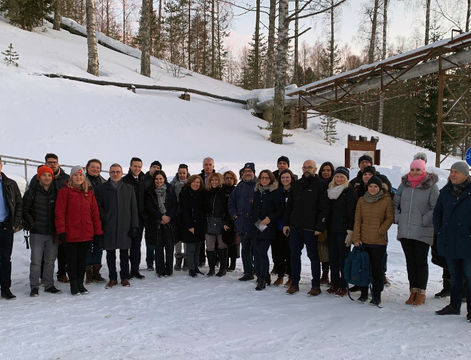
Join us for the final stages of phase 1 in the REMIX project.
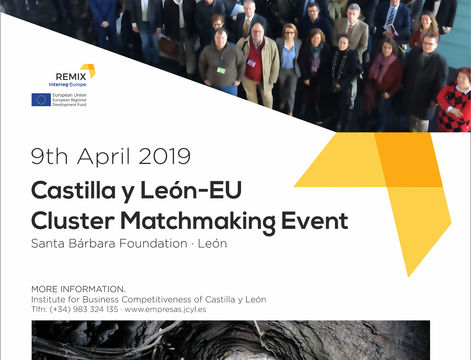
REMIX Partners ICE and GKZ are jointly organising Matchmaking Event for clusters and specialised eco-systems in mining and metallurgy across Europe
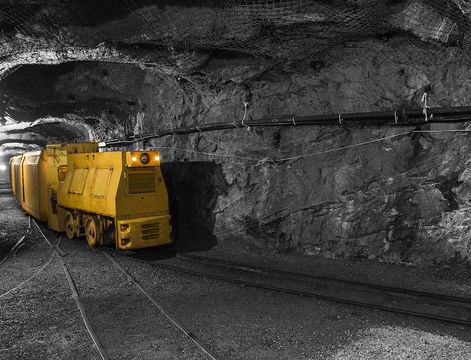
Read what has been cooking in the REMIX project lately.
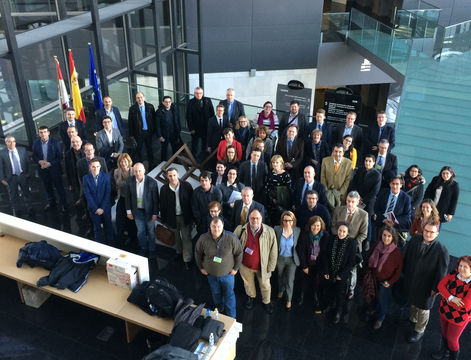
3rd Newsletter will give you insight to the1st project organised conference. Experiences of the stakeholders and information on the sister project H2020 MIREU.

The first Smart and Green Mining Conference organised by the REMIX Project was a great success and received a good amount of media coverage.
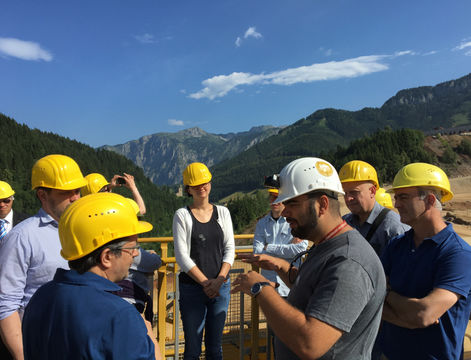
Read what has happened in the project during the last 6 months in the regions & in the project meetings in Leoben, Austria and Prague, Czech Republic.